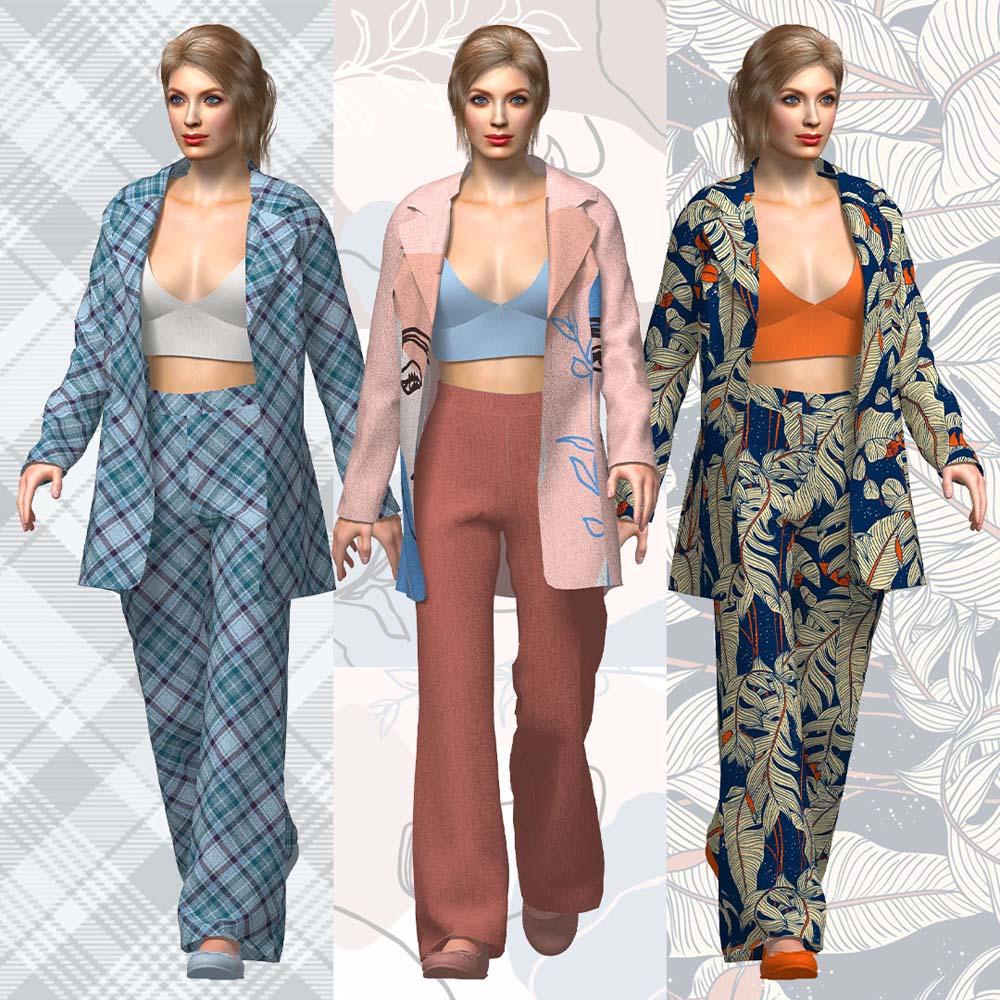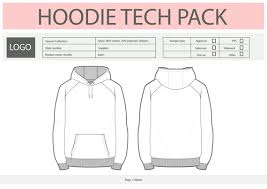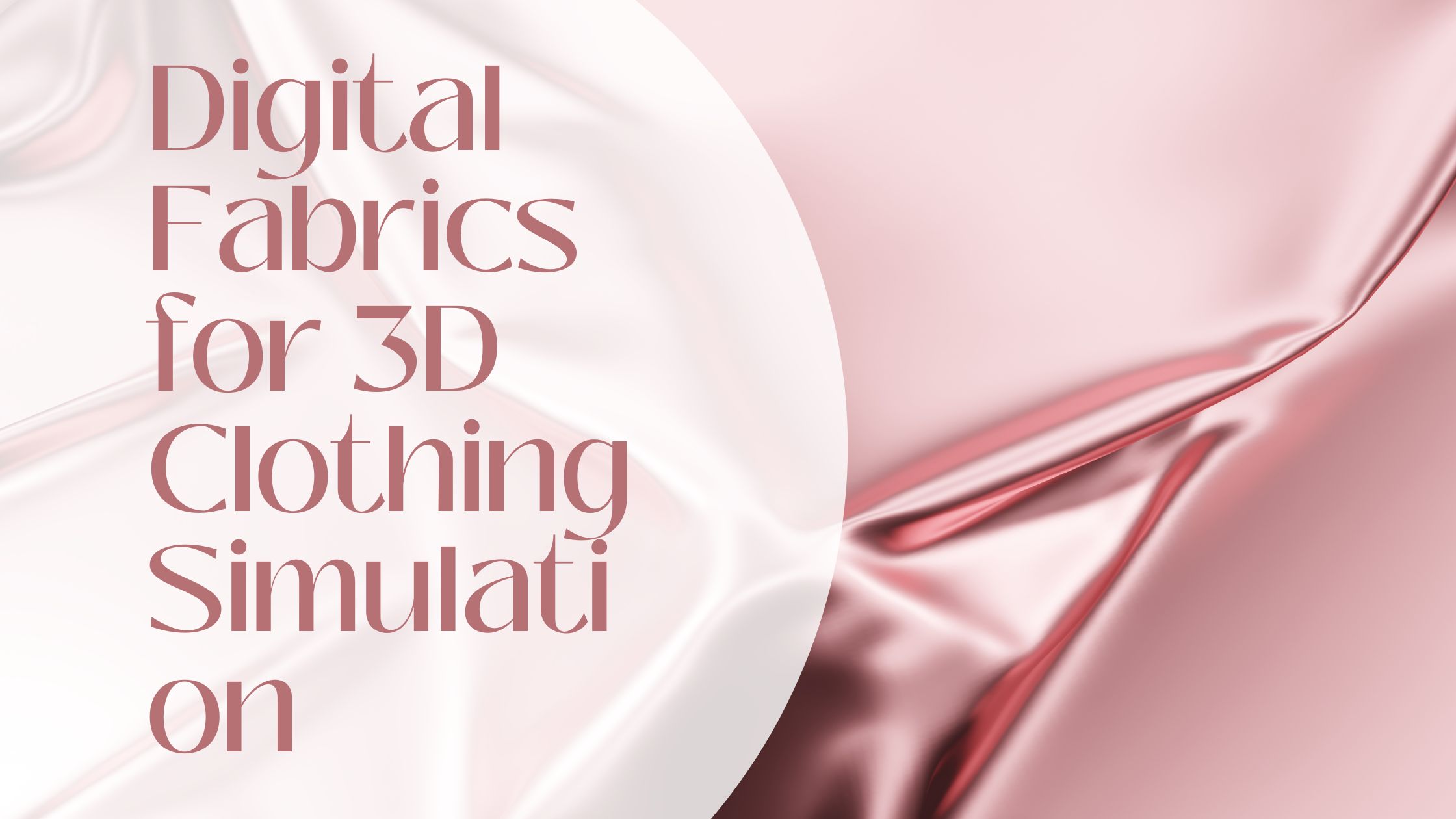.jpg)
The Benefits of 3D Fashion Design: Speed, Sustainability, and Creativity
The Benefits of 3D Fashion Design: Speed, Sustainability, and Creativity
Introduction:
The fashion industry is undergoing a transformation with the adoption of 3D design technology. This cutting-edge approach to fashion design is reshaping how designers create, manufacturers produce, and consumers experience fashion. In this blog, we'll delve into the three key benefits of 3D fashion design: speed, sustainability, and creativity, and explore how this technology is setting new standards in the industry.
Section 1: Speed

One of the most significant advantages of 3D fashion design is the speed it brings to the design process. Traditional fashion design often involves multiple iterations of physical samples, each requiring time and resources to produce. With 3D design software, designers can quickly create and modify digital prototypes, allowing for instant visualization of changes. This drastically reduces the time needed for design iterations, enabling faster decision-making and quicker turnaround times from concept to final product.
Moreover, 3D design technology enhances communication between designers and manufacturers. Digital models can be shared in real-time, ensuring that everyone involved in the production process is on the same page. This reduces the risk of errors, miscommunication, and costly delays, leading to a more efficient workflow.
Section 2: Sustainability
Sustainability is a growing concern in the fashion industry, and 3D fashion design offers promising solutions. Traditional fashion production often generates significant waste, from fabric off-cuts to unsold inventory. 3D design technology helps address these issues by enabling precise pattern creation, which minimizes material waste during production.
In addition, 3D printing technology allows for the production of garments and accessories on-demand, reducing the need for large-scale manufacturing and the associated environmental impact. By producing only what is needed, 3D printing can help decrease overproduction and reduce the carbon footprint of fashion manufacturing.
Furthermore, 3D fashion design encourages the use of sustainable materials and practices. Designers can experiment with eco-friendly materials in a virtual environment before committing to production, ensuring that their choices align with sustainability goals.
Section 3: Creativity
3D fashion design is also unlocking new levels of creativity for designers. Traditional design methods can be limiting, particularly when it comes to creating intricate or unconventional shapes. However, 3D design software allows designers to push the boundaries of what’s possible, enabling the creation of complex, detailed designs that would be difficult or impossible to achieve with traditional techniques.
With 3D printing, designers can bring these innovative designs to life, producing unique, customizable pieces that are tailored to individual customers. This opens up new opportunities for personalization in fashion, allowing consumers to engage with brands in a more meaningful and personal way.
Additionally, 3D design and printing technologies enable designers to experiment with textures, structures, and materials in ways that were previously unattainable. The result is a new era of fashion where creativity is not constrained by the limitations of traditional manufacturing methods.
Conclusion
The integration of 3D fashion design technology into the industry is revolutionizing how fashion is created, produced, and consumed. By offering unprecedented speed, promoting sustainability, and expanding creative possibilities, 3D design is setting the stage for a more efficient, eco-friendly, and innovative fashion future. As these technologies continue to evolve, the fashion industry will undoubtedly see even more exciting developments, solidifying 3D design as a cornerstone of modern fashion.












